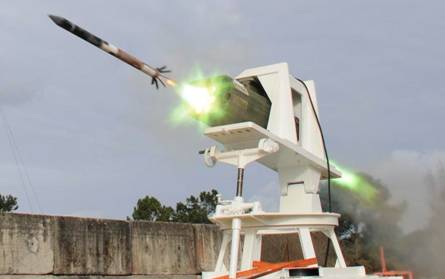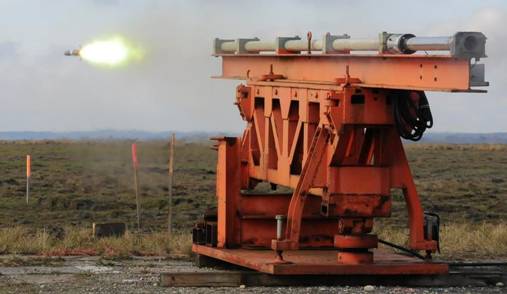RAI: insensitivity and accuracy confirmed
At the beginning of this year, TDA ARMEMENTS undertook a successful test firing campaign over several weeks at the French army's test centre at Cazaux.

Tested using terrestrial launch pads, the trials aimed above all the validate conformity of the F4 type rockets NATO’s STANAG 4187 standards that impose stringent safety design requirements for fuzing systems.
The tests also aimed to establish the capacities of the future Low Vulnerability Ammunition rocket warhead. Benefiting from the latest technological advances in activation by induction, the HE (High Explosive) rocket should be commercialised in 2016 and put in service with French forces in 2017/2018.
Available in two versions
The rocket will be available in two versions: one functioning on impact (HE-IMP) and one in a multimode version (HE-MM), functioning both on impact or in proximity to the target.
In addition, these tests demonstrated the very low dispersion of F4 type rockets, which is inferior to 6 milli-radiants in rocket launchers in service with forces, and 2 milli-radiants in a long tube, a system that enables the simulation of a separation in an air flow of 70 knots.
The excellent performances of these weapons results from TDA’s ambition to optimise its non-guided rockets in order to extend usage to greatly superior ranges than those reached by competitor products.
This modality will enable military forces to reserve the use of laser-guided rockets for mobile or sensitive targets, necessitating sub-metric precision.
- RAI : Rockets activated by induction
